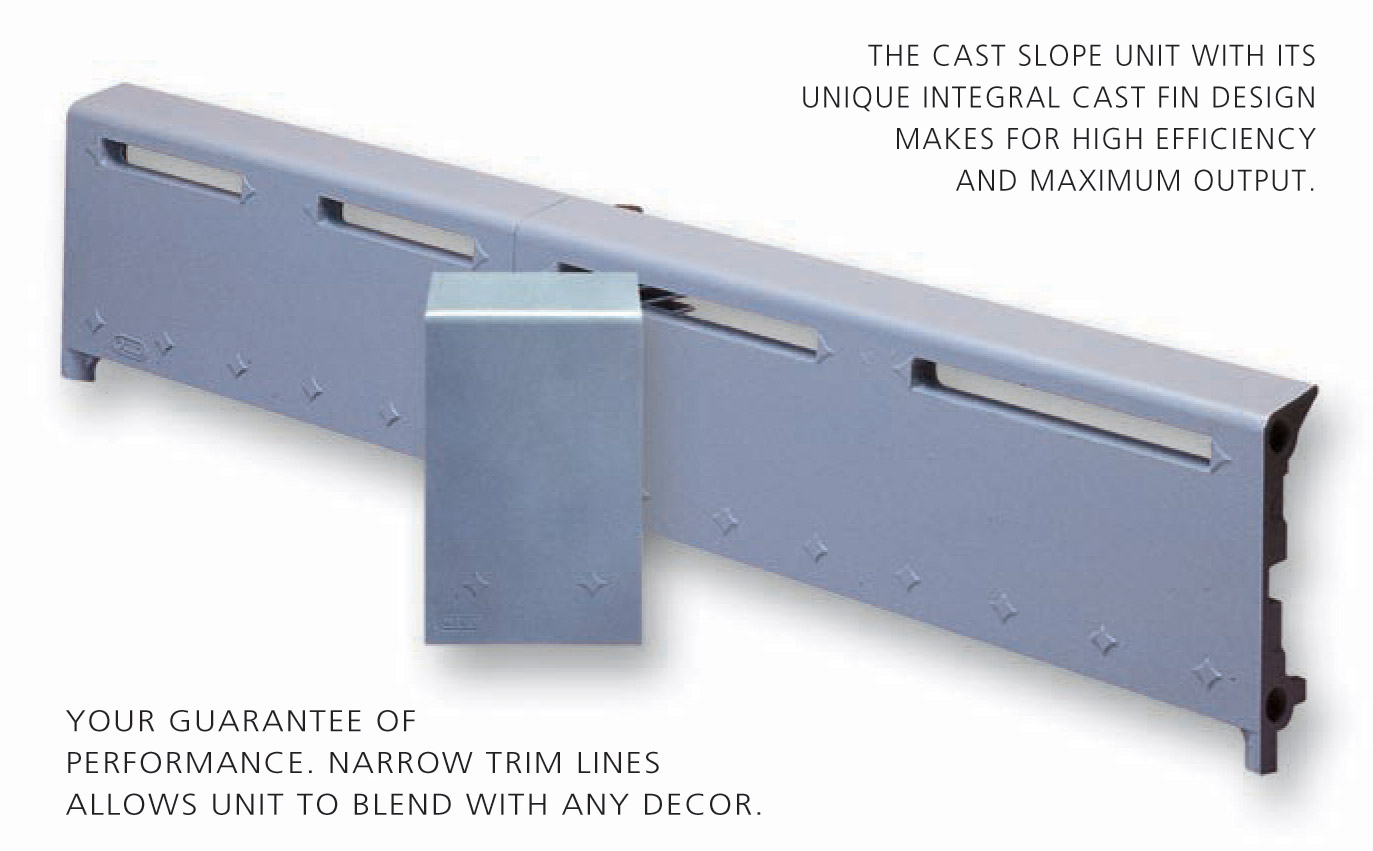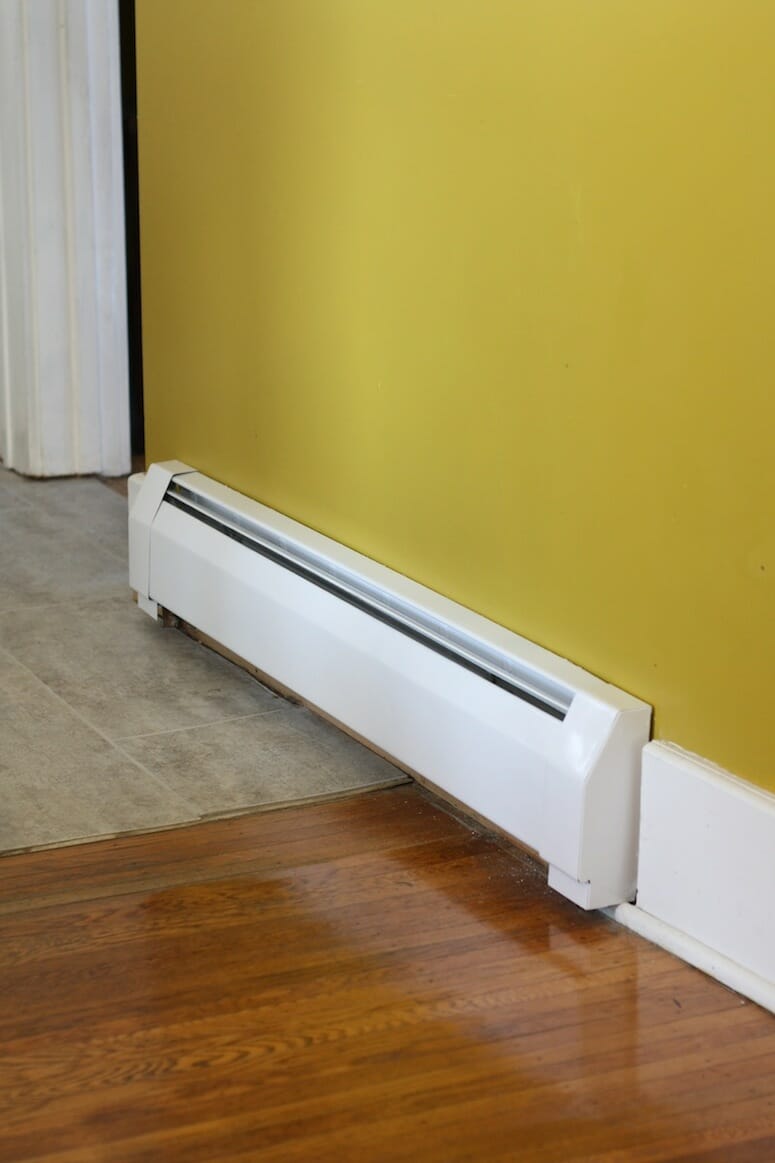Are you tired of chilly rooms and skyrocketing energy bills? Choosing the right heating system can make all the difference in your comfort and expenses.
That’s where the debate between cast iron and baseboard radiators comes in. Each has its unique benefits and drawbacks, and understanding these can help you make the best choice for your home. Imagine transforming your living space into a cozy haven while saving money.
Sounds appealing, right? We’ll break down everything you need to know about cast iron vs. Baseboard radiators, so you can make an informed decision that suits your lifestyle and budget. Stay with us, and you’ll discover which option is the perfect fit for you.

Credit: ocsind.com
Cast Iron Radiators
Cast iron radiators hold a special place in the world of heating. These timeless pieces not only warm homes but also add charm and elegance. Their robust nature makes them a favorite choice for many homeowners.
History And Evolution
Cast iron radiators have a rich history dating back to the 19th century. Initially designed to heat large spaces, they quickly became popular. Over time, their designs evolved, incorporating intricate patterns and shapes. Today, they blend old-world charm with modern efficiency.
Design And Aesthetics
The design of cast iron radiators is a key attraction. They come in various styles and sizes, from ornate vintage to sleek modern. Their classic look can enhance any room’s decor. Their presence often acts as a conversation starter.
Heating Efficiency
Cast iron radiators offer exceptional heating efficiency. They retain heat for longer periods, providing consistent warmth. Their heat distribution is even, creating a cozy environment. Their efficiency helps in reducing energy bills.
Installation And Maintenance
Installing cast iron radiators requires careful planning. They are heavy and need sturdy support. Regular maintenance involves cleaning to prevent dust buildup. Proper care ensures they function well for years.
Pros And Cons
Pros include durability, excellent heat retention, and aesthetic appeal. They can last for decades with proper care. Cons involve their weight and higher initial cost. Some may find them challenging to install.
Baseboard Radiators
Baseboard radiators are popular heating systems in modern homes. They offer a sleek and efficient way to heat spaces. These radiators fit along the baseboards, blending seamlessly with room designs.
Development And Innovations
Baseboard radiators have evolved over the years. Early designs were bulky and inefficient. Today, manufacturers use advanced materials. These improvements enhance heat distribution. Modern designs focus on energy efficiency. Newer models consume less energy.
Space-saving Design
The design of baseboard radiators is compact. They fit snugly against walls. This feature saves valuable floor space. Rooms feel larger and more open. Their low profile makes them less noticeable.
Performance And Efficiency
Baseboard radiators perform well in various climates. They heat rooms evenly and quickly. Their efficiency helps reduce heating costs. Many homeowners prefer them for consistent warmth.
Ease Of Installation
Installing baseboard radiators is straightforward. Professionals can complete the process quickly. Some systems allow for DIY installation. This accessibility appeals to many homeowners.
Advantages And Disadvantages
Baseboard radiators offer several advantages. They are energy-efficient and space-saving. Their design suits modern interiors. Yet, they may not be suitable for all spaces. Some homes require alternative heating solutions. Regular maintenance is necessary for optimal performance.
Comparative Analysis
Cast iron and baseboard radiators are popular heating options. Each offers unique benefits. This comparative analysis explores key aspects of both types. Understanding these can help make informed decisions.
Cost Considerations
Cast iron radiators can be expensive initially. They require more material and labor for installation. Baseboard radiators are often cheaper. Their simple design reduces installation costs. Maintenance costs also differ. Cast iron units might need periodic repainting. Baseboard radiators typically have lower maintenance needs.
Energy Efficiency
Cast iron radiators retain heat longer. Their dense material keeps rooms warm even after the system is off. Baseboard radiators heat quickly but cool down faster. This affects the overall energy consumption. Choosing between them depends on heating needs and energy goals.
Durability And Longevity
Cast iron radiators are known for their durability. They can last decades with proper care. Their robust structure withstands wear and tear. Baseboard radiators, while effective, might need replacements sooner. Understanding lifespan helps plan long-term investments.
Environmental Impact
Cast iron radiators are often made from recycled materials. This reduces their environmental footprint. They also contribute to energy savings. Baseboard radiators use less material but might consume more energy. Considering environmental impact can guide eco-friendly choices.

Credit: www.ussupply.com
Choosing The Right Radiator
Choosing the right radiator for your home can feel like a daunting task. With so many options, how do you decide between cast iron and baseboard radiators? By focusing on your home’s unique needs and circumstances, you can make an informed decision that maximizes comfort and efficiency.
Factors To Consider
When evaluating radiators, consider factors like size, efficiency, and style. Cast iron radiators, for example, are known for their durability and heat retention. They might be a great fit if you value long-lasting warmth. Baseboard radiators, on the other hand, offer a sleek, modern look and can be perfect for smaller spaces. Which one aligns with your home’s aesthetic?
Home Heating Needs
Think about your specific heating requirements. Do you need to heat a large, open space or several smaller rooms? Cast iron radiators are excellent for maintaining consistent heat in large areas. Baseboard radiators can be more suitable for targeted heating in compact spaces. Which layout matches your home’s design?
Climate And Weather Conditions
Consider the climate you live in. Harsh winters demand robust heating solutions. In colder climates, the steady warmth of cast iron radiators can be comforting. In milder regions, baseboard radiators might be sufficient and more energy-efficient. Does your current heating system meet your local weather challenges?
Budget Constraints
Your budget will inevitably play a role in your choice. Cast iron radiators may have a higher upfront cost but can save money in the long run due to their efficiency. Baseboard radiators generally cost less initially but could lead to higher energy bills over time. What’s your long-term financial plan for heating?
By examining these factors, you can choose a radiator that suits your home and lifestyle. Reflect on what’s most important to you: style, efficiency, or cost. Your choice will impact not just your home’s warmth but also its overall atmosphere.

Credit: modernize.com
Frequently Asked Questions
What Are Cast Iron Radiators?
Cast iron radiators are durable heaters made from cast iron. They retain heat well. Often found in older homes.
How Do Baseboard Radiators Work?
Baseboard radiators use hot water or steam. They heat rooms by warming air. Usually placed along walls near floors.
Which Radiator Heats Faster, Cast Iron Or Baseboard?
Baseboard radiators heat up faster. Cast iron radiators take longer but retain heat longer. Good for consistent warmth.
Are Cast Iron Radiators More Energy-efficient?
Yes, they retain heat longer. This reduces energy usage. Ideal for homes needing steady warmth over time.
Can Baseboard Radiators Be Customized?
Yes, they come in various sizes and styles. Easy to fit any room design. Choose based on your needs.
Conclusion
Choosing between cast iron and baseboard radiators depends on your needs. Cast iron radiators offer excellent heat retention and durability. They’re perfect for those who want consistent warmth. Baseboard radiators, on the other hand, are more compact and modern. They suit smaller spaces and offer easy installation.
Consider your space, budget, and heating preferences. Both options have unique benefits. Evaluate which fits your home best. A comfortable and warm home is the goal. Make an informed decision for your heating needs. Enjoy a cozy environment all year round!





